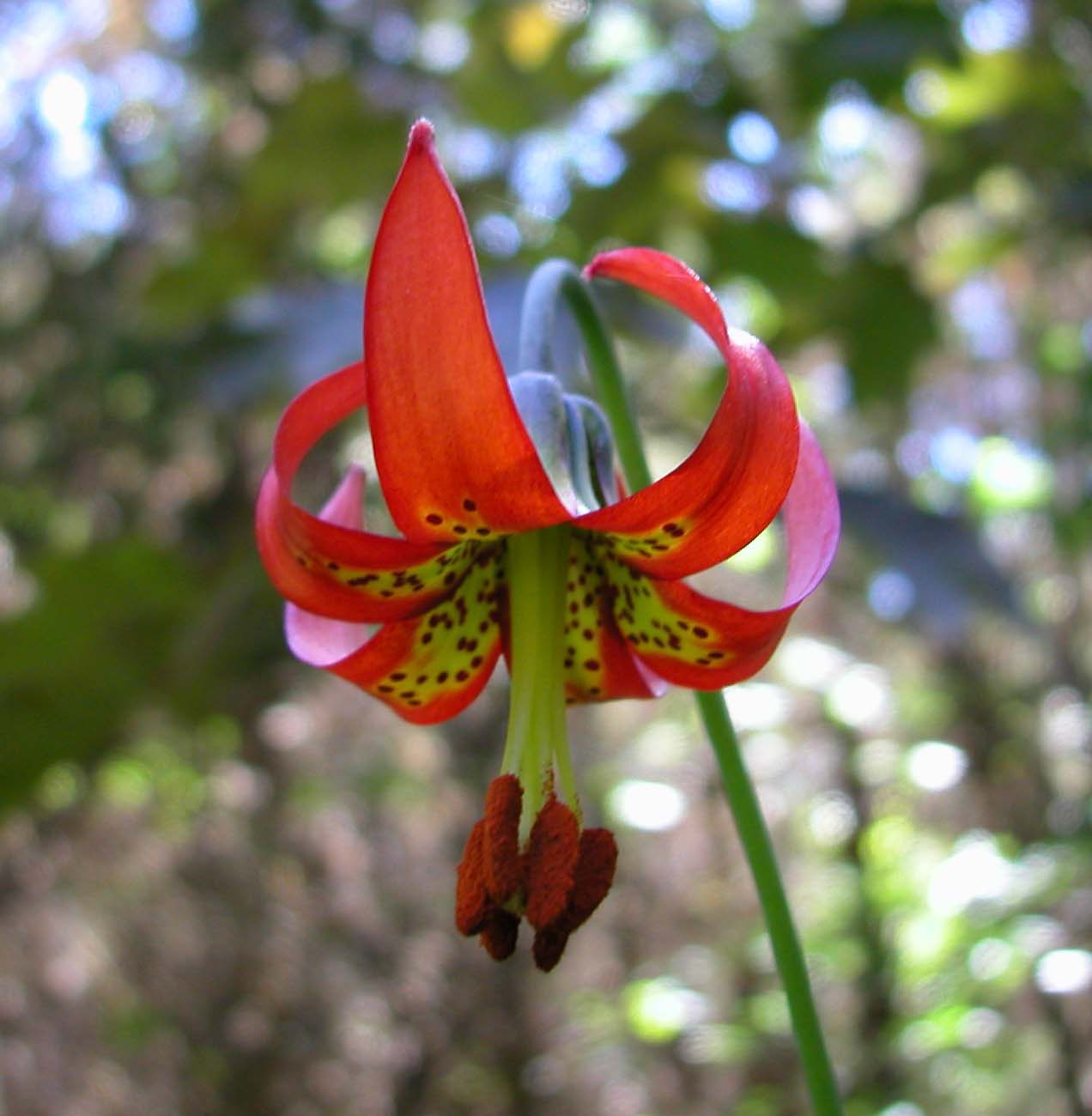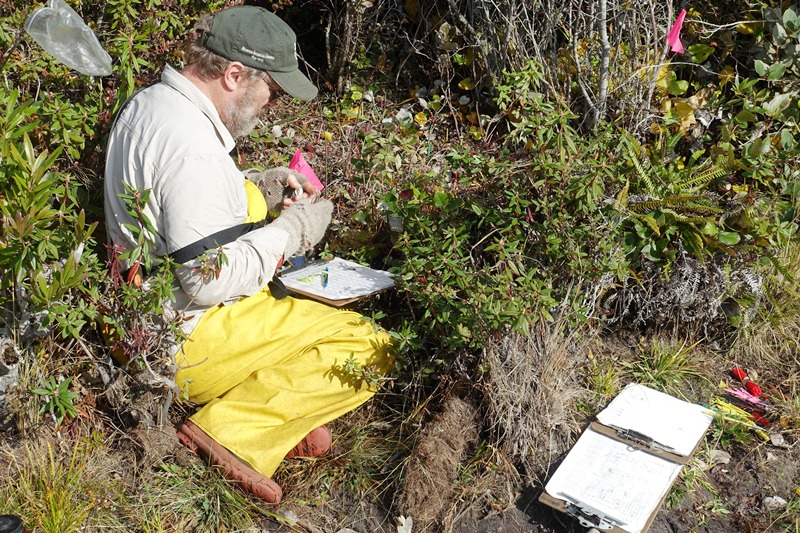Conserving the Biodiversity of the Pacific Northwest
Rae Selling Berry Seed Bank & Plant Conservation Program (RSBSB) seeks to conserve the genetics of Oregon’s native plants for current and future generations. We are the primary off-site conservator of genetic resources of Oregon native plants, ensuring the survival of threatened species and the availability of appropriate seeds for restoring Pacific Northwest ecosystems. We support plant conservation regionally, nationally, and globally, with a focus on habitat-based efforts in Oregon and the region.
RSBSB began in 1983 as the Berry Botanic Garden Seed Bank for Rare and Endangered Species of the Pacific Northwest, the first seed bank in the country dedicated exclusively to endangered species. When the Berry Botanic Garden closed in 2011, its seed bank and conservation program joined Portland State University’s School of the Environment as a self-supporting program in the Department of Environmental Science and Management. Dr. Ed Guerrant (PhD, Botany) was Director of the Seed Bank between 1989 and 2018, and Dr. Gabriel Campbell became the most recent Director of the Seed Bank in January 2022.

Our primary conservation activities include seed processing and long-term storage; research to determine germination requirements and viability of seeds; and coordinating interns and volunteers to monitor plant populations, collect data, and collect and process seeds. We hold more than 23,000 seed accessions, representing close to 400 of our region’s rarest and most vulnerable plants. These serve as an insurance policy against local extinction events—a serious possibility for many endangered plants. We also hold over 100 accessions from common species of Oregon. Seeds are held primarily for use in reintroduction of plant populations to suitable habitat, research, and restoration projects. Seed storage is central and crucial to our mission.
RSBSB stewards 148 rare plant species in the Center for Plant Conservation’s (CPC) National Collection, 28 of which are sponsored through the CPC Plant Sponsorship program. This program has helped grow our seed bank by providing direct financial support for various aspects of our conservation work.
While the majority of our CPC-sponsored rare plant species are dormant seeds, RSBSB also conducts conservation activities with some live plants, such as the western lily (Lilium occidentale), a federal and state (OR and CA) listed endangered species. Around half of the known populations have been extirpated, especially those near the center of its narrow range along the Pacific Coast, straddling the CA/OR border. With a stunningly beautiful flower, it’s no surprise that horticultural collecting and flower picking are among the greatest threats to this species, as well as land development, agricultural conversion, and soil compaction.
To protect the western lily, RSBSB has conducted a long-standing conservation program in three study sites that encompass all known western lily plants on federal land. The first monitors a reintroduction project initiated in 1996, when there were no known populations on federal land. Another monitors the demographics of a small, naturally occurring population discovered on federal land in 2008, and the third monitors a 2015 population augmentation.

The 1996 reintroduction was designed to test two management hypotheses: does propagule type (small plants, new seed, or old seed) and/or removal of ground cover at planting time affect establishment and subsequent plant survival and growth rate? An initial sample of 760 propagules was outplanted, mapped and marked. Data are gathered annually on leaf area, number of leaves, and number of flowers; herbivory is also noted and categorized. To date, we have found that propagule type does have a long-term impact, but initial removal of ground cover does not.
Discovery of a small, naturally occurring population of 16 western lilies in 2008 spurred RSBSB to begin a demographic study, and to search the surroundings for more plants and appropriate habitat. We surveyed an area containing the entire population, constructed a one-meter grid, generated a three-dimensional vegetation map, and installed two wells to measure ground water levels over time. We mapped and marked all western lily plants in the site to allow us to follow size and status of individual plants over time. In the fall of 2015, we also began an experimental augmentation to increase numbers of this species, further enhancing recovery.

This year marks the 26th year of our reintroduction of this special lily. There is something very satisfying about studying a place over many years, appreciating how it both changes and stays the same. An ongoing contract with the Bureau of Land Management has funded the monitoring of these sites for over two decades. The CPC Plant Sponsorship program supports our work to maintain and supplement a source of viable Lilium occidentale seeds, one of the many essential tasks of RSBSB’s conservation program. Our in situ work is grounded in a healthy and substantial collection of genetic material and the efforts and expertise of properly recompensed staff.
While RSBSB is known and valued globally for our support of regional biodiversity and contributions to other plant conservation programs, our work is of greatest value to the Pacific Northwest. As we evolve to meet new and increasing conservation threats, we find ourselves concentrating more and more on our home state. Our focus—our passion—is to pass the abundant biodiversity we have inherited forward to future generations.